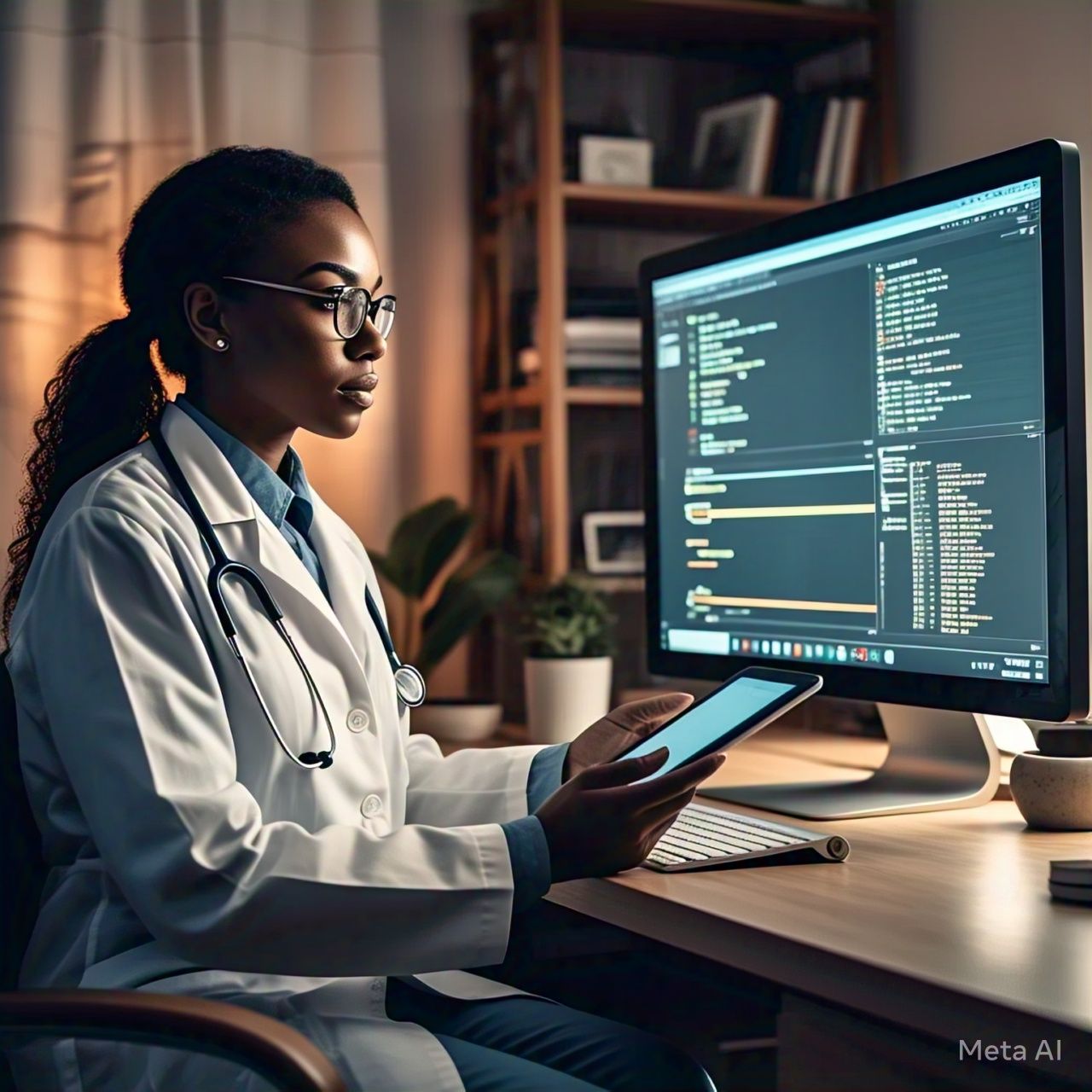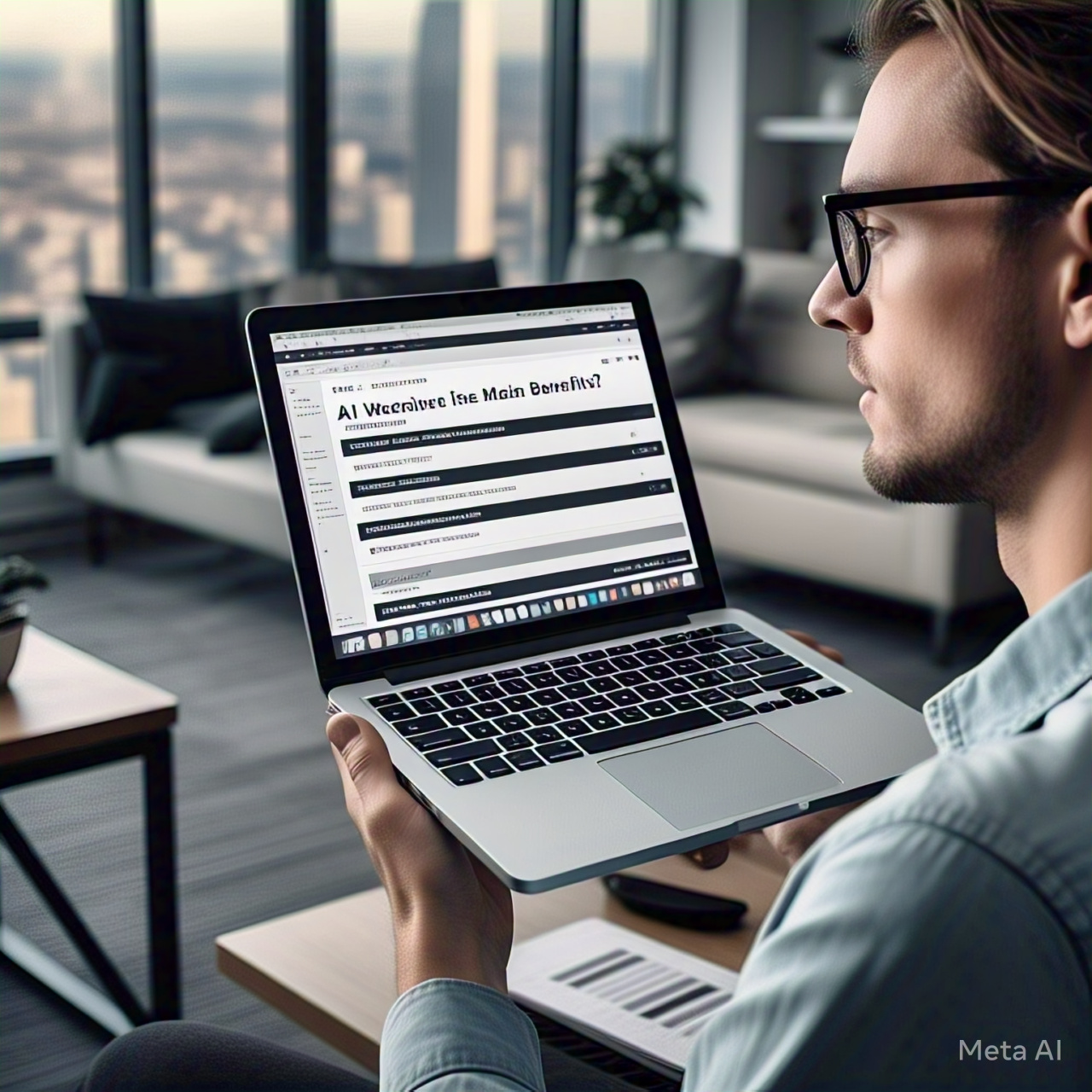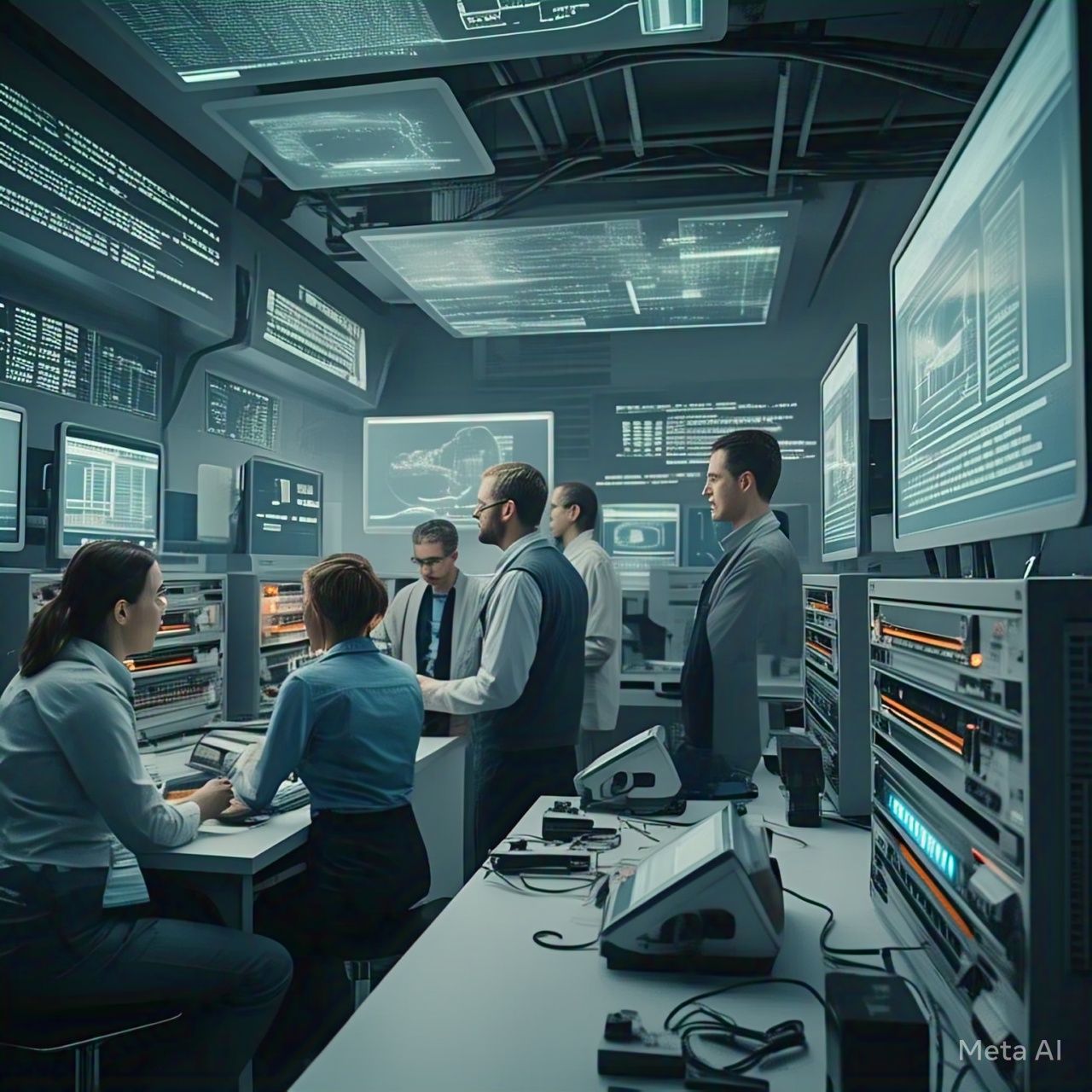Table of Contents
- Introduction
- What is Remote Patient Monitoring (RPM)?
- The Role of AI in Remote Patient Monitoring
- Types of AI-Powered RPM Technologies
- Benefits of AI in Remote Patient Monitoring
- Challenges and Limitations of AI in RPM
- Ethical and Privacy Concerns
- The Future of AI in Remote Patient Monitoring
- Conclusion
- FAQs
- Citations
Introduction
The rise of artificial intelligence (AI) in healthcare is reshaping how medical professionals monitor and manage patient health. AI-powered remote patient monitoring (RPM) enables real-time tracking of vital signs, chronic disease management, and proactive interventions—all from the comfort of a patient’s home. This technology reduces hospital readmissions and enhances healthcare accessibility. But how does AI contribute to RPM, and what are its benefits and challenges? Let’s explore.
What is Remote Patient Monitoring (RPM)?
Remote patient monitoring (RPM) refers to the use of digital technology to collect medical data from patients in real time and transmit it to healthcare providers. RPM allows doctors to monitor patients’ conditions outside hospitals and clinics, reducing the need for in-person visits.
Key Features of RPM:
- Continuous health monitoring through wearable devices.
- Real-time data transmission to medical professionals.
- AI-driven alerts for early detection of health complications.
- Integration with electronic health records (EHRs) for data-driven decisions.
The Role of AI in Remote Patient Monitoring
AI enhances RPM by analyzing vast amounts of patient data, identifying patterns, and providing predictive insights. It helps medical professionals make more accurate diagnoses and treatment plans.
How AI Enhances RPM:
- Predictive Analytics: AI predicts potential health risks based on historical and real-time data.
- Automated Alerts: AI-powered RPM devices notify doctors and caregivers in case of emergencies.
- Personalized Treatment Plans: AI tailors healthcare recommendations based on individual patient data.
- Integration with Telemedicine: AI streamlines virtual consultations by providing doctors with real-time patient insights.
Types of AI-Powered RPM Technologies
| AI Technology | Function |
|---|---|
| Wearable Devices | Tracks heart rate, blood pressure, oxygen levels, and other vital signs. |
| AI Chatbots | Provides real-time health recommendations and reminders. |
| Machine Learning Algorithms | Analyzes patient data to detect anomalies and predict diseases. |
| Smart Home Health Sensors | Monitors movement, falls, and daily activities to assess patient well-being. |
| Cloud-Based AI Platforms | Securely stores and processes health data for real-time monitoring. |
Benefits of AI in Remote Patient Monitoring
1. Early Disease Detection
AI identifies health issues before they become severe, enabling early intervention and better patient outcomes.
2. Reduced Hospital Admissions
By continuously monitoring patients at home, AI-powered RPM helps prevent unnecessary hospitalizations and emergency visits.
3. Cost Savings for Patients and Healthcare Providers
RPM reduces healthcare costs by minimizing hospital stays, travel expenses, and in-person consultations.
4. Improved Chronic Disease Management
AI assists in managing chronic conditions like diabetes, hypertension, and heart disease by providing real-time insights and medication reminders.
5. Increased Access to Healthcare
Patients in remote or underserved areas can receive quality healthcare without traveling long distances.
6. Enhanced Doctor-Patient Communication
RPM fosters continuous engagement between patients and healthcare providers, ensuring timely interventions.
Challenges and Limitations of AI in RPM
1. Data Accuracy and Reliability
AI relies on data quality; inaccurate or incomplete patient data may lead to incorrect diagnoses or alerts.
2. High Implementation Costs
Advanced AI-powered RPM systems require significant investment in technology and infrastructure.
3. Resistance to Adoption
Both patients and healthcare professionals may hesitate to rely on AI-driven monitoring due to trust issues and lack of familiarity.
4. Regulatory and Compliance Issues
RPM technologies must comply with healthcare regulations, such as HIPAA and GDPR, to ensure data privacy and security.
Ethical and Privacy Concerns
- Patient Data Security: AI-driven RPM must ensure strict encryption and secure data storage.
- Bias in AI Algorithms: AI models must be trained on diverse datasets to avoid biased healthcare recommendations.
- Loss of Human Touch: AI cannot fully replace human empathy and interaction in healthcare.
The Future of AI in Remote Patient Monitoring
1. AI-Powered Digital Twins
AI will create virtual patient models (digital twins) for real-time simulation and personalized treatment adjustments.
2. Advanced Predictive Analytics
Future AI-powered RPM will predict health events with greater accuracy, preventing emergencies before they happen.
3. Integration with 5G and IoT
Faster data transmission through 5G networks and interconnected smart devices will enhance real-time remote monitoring.
4. AI-Powered Virtual Nurses
AI-driven virtual assistants will provide real-time guidance and support for patients with chronic conditions.
Conclusion
AI-powered remote patient monitoring is revolutionizing healthcare by making medical supervision more efficient, accessible, and proactive. While AI cannot replace human doctors, it plays a crucial role in reducing hospitalizations, improving chronic disease management, and providing real-time health insights. As technology advances, AI in RPM will continue to bridge healthcare gaps, ensuring better patient care beyond hospital walls.
FAQs
1. What is the role of AI in remote patient monitoring?
AI enhances RPM by analyzing patient data, detecting anomalies, and providing predictive insights to healthcare professionals.
2. Is AI-powered RPM safe for patients?
Yes, when implemented correctly with secure data encryption and compliance with healthcare regulations, AI-powered RPM ensures patient safety.
3. Can AI replace doctors in remote patient monitoring?
No, AI assists doctors by providing real-time data analysis and alerts, but human expertise remains essential for diagnosis and treatment decisions.
4. How does AI improve chronic disease management?
AI helps monitor chronic conditions like diabetes and hypertension by tracking vital signs, reminding patients to take medications, and alerting doctors if complications arise.
5. What are the biggest challenges of AI in RPM?
Challenges include data accuracy, high costs, resistance to adoption, and regulatory compliance concerns.
Citations
- Smith, J. (2023). AI in Remote Patient Monitoring: Innovations and Challenges. Journal of Digital Health.
- Johnson, R. (2022). The Role of AI in Healthcare: Remote Monitoring and Predictive Analytics. AI & Medical Technology Review.
- Lee, K. (2023). Telemedicine and AI: The Future of Healthcare Delivery. Digital Health Journal.




